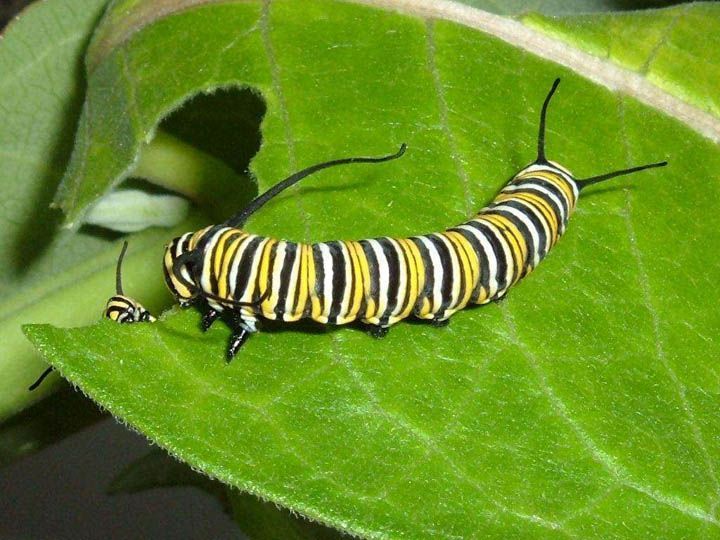Pollination
The process of transfer of pollen grains from the anthers of a flower to the stigma of another flower or the same flower is called pollination.
Types of Pollination
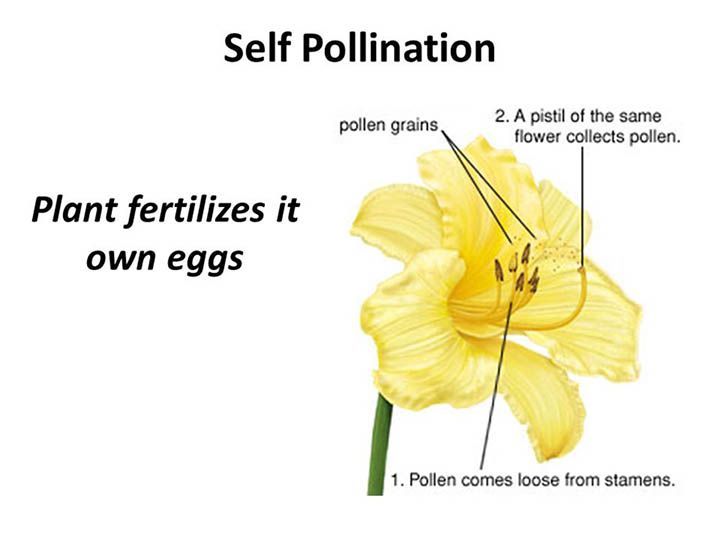
If the pollen grains from a flower reach the stigma of the same flower or another flower of the same plant, it is called self pollination.
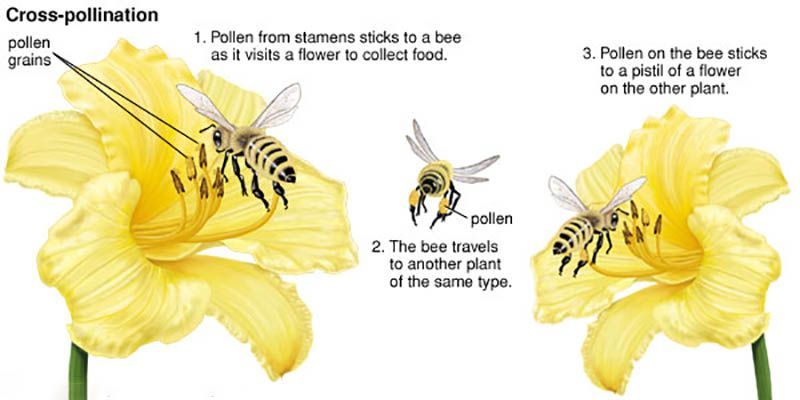
If the pollen grains from a flower reach the stigma of a flower of another plant of the same kind, it is called cross pollination.
Agents of Pollination
Animal Pollination
Birds are common animal pollinators as they feed on the nectar in flowers and seeds of their fruits.
Similarly, other animals may also come in contact with flowers and transfer pollen grains from one flower to another.

Insects such as bees and butterflies are attracted to the bright colours and the nectar at the base of the petals.
Thus, most insect pollinated flowers are brightly coloured, fragrant and have a lot of nectar in them.
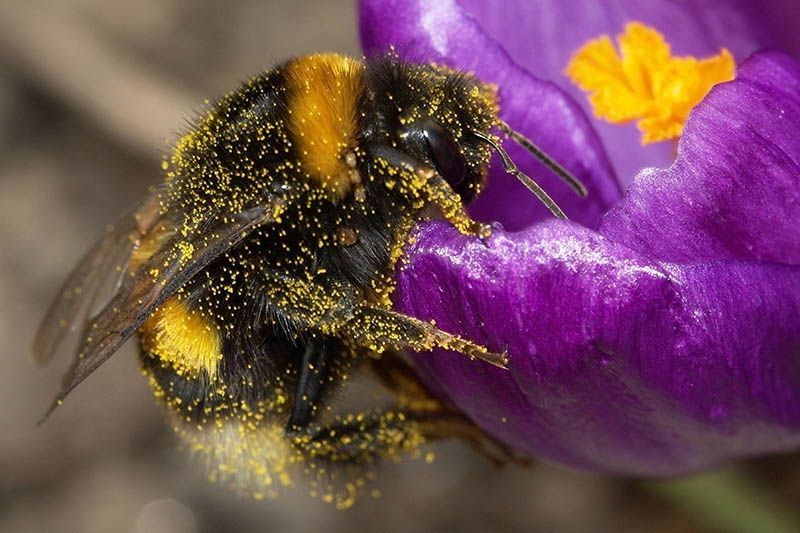
When insects come and feed on these plants, the sticky pollen gets stuck to their body and is carried away to the stigma.
Honeybees account for 80% of insect pollination.
E.g. apple, mango, beet, onion are pollinated by bees.
Wind Pollination
Pollen grains of the flowers pollinated by wind, are mostly lightweight and non-sticky.
This makes the transport through the wind currents easier.
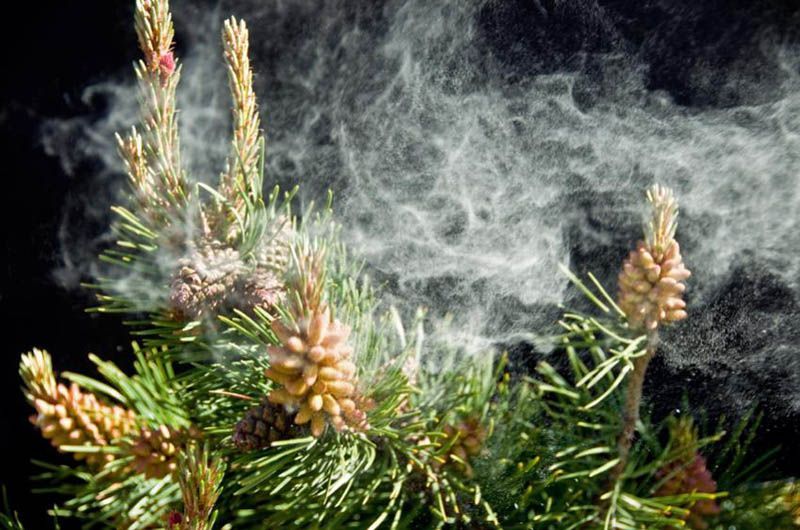
They have smaller petals or no petals at all.
In absence of large petals, the anthers and pistils remain exposed to the wind, making wind pollination easier.
